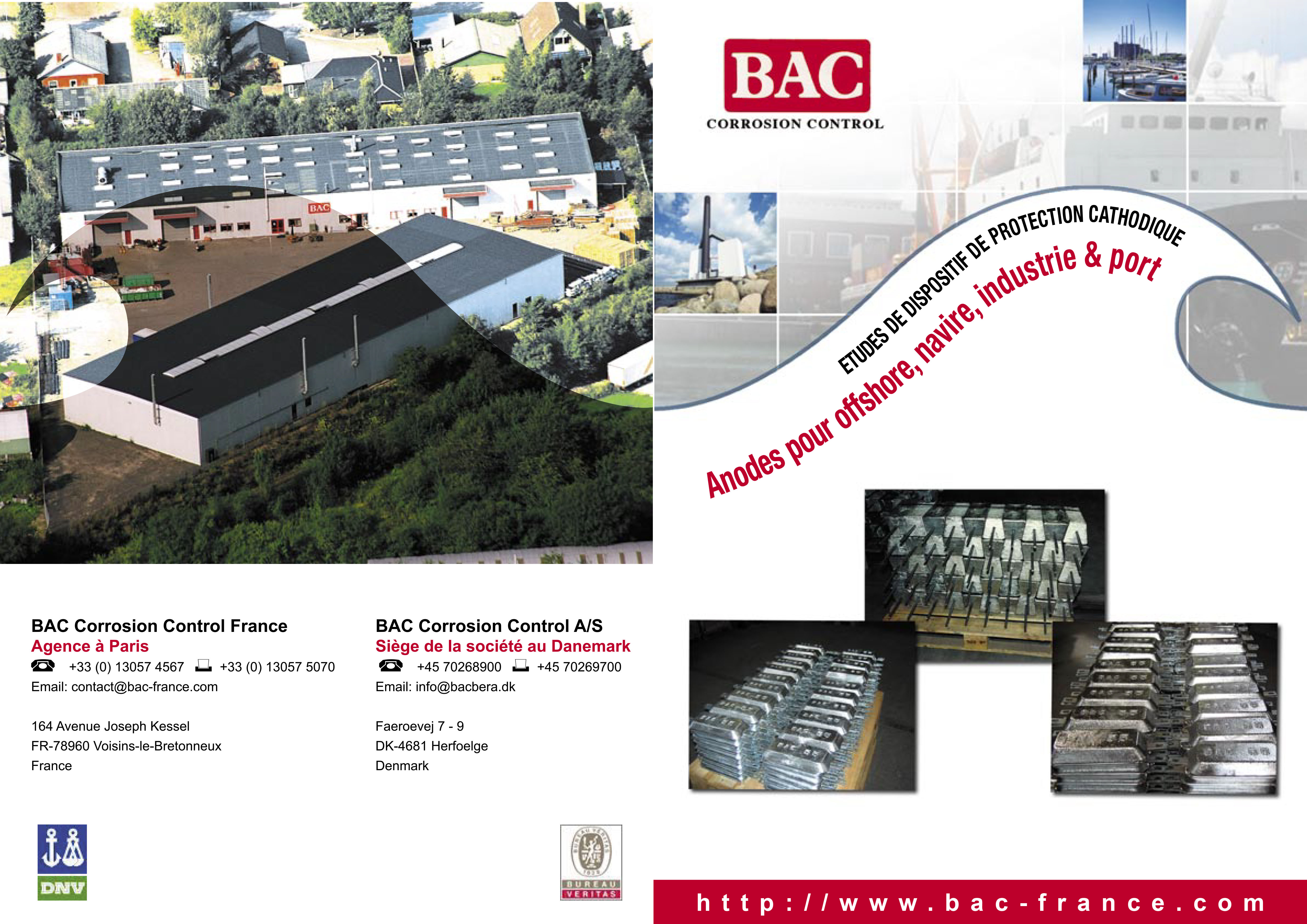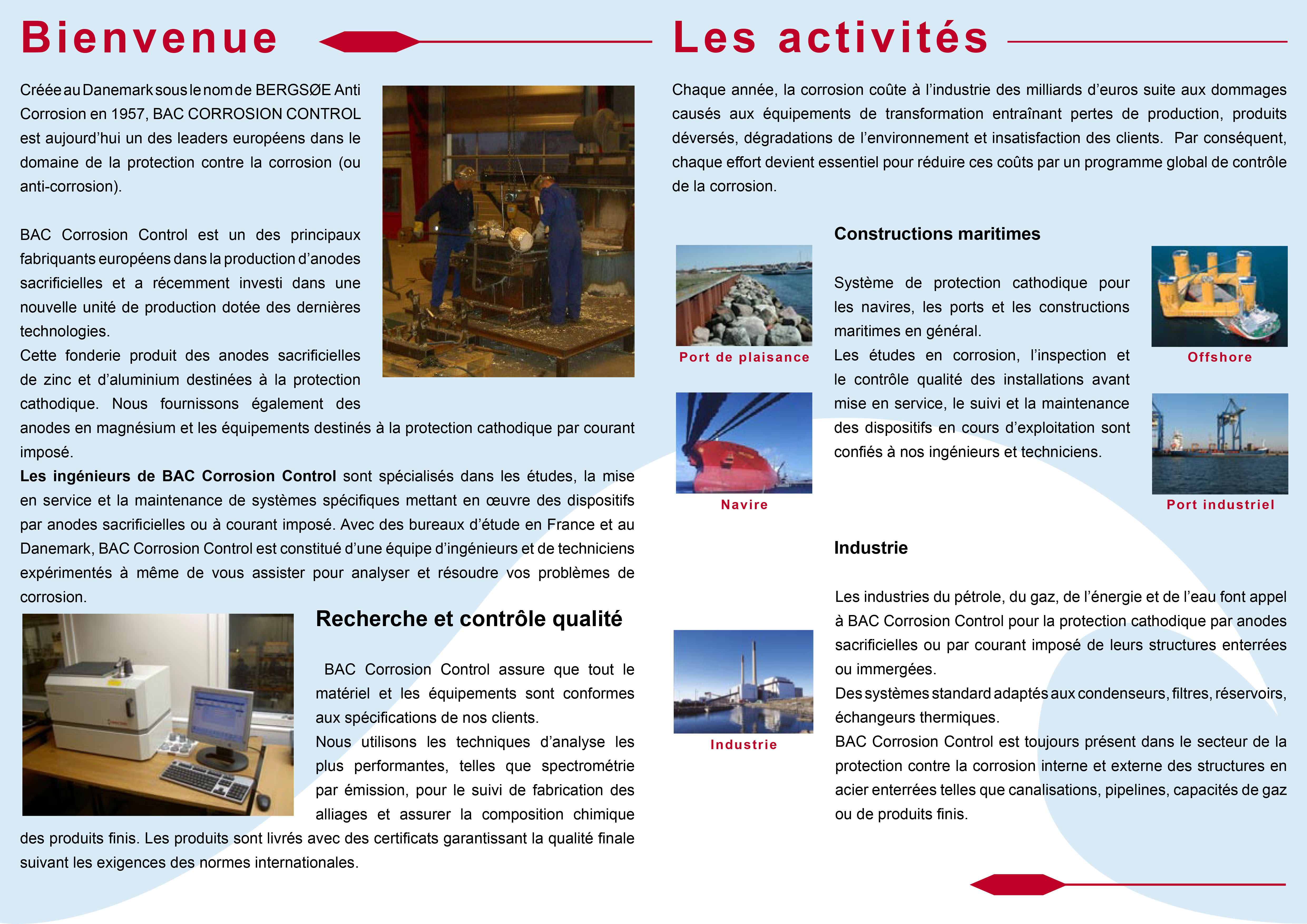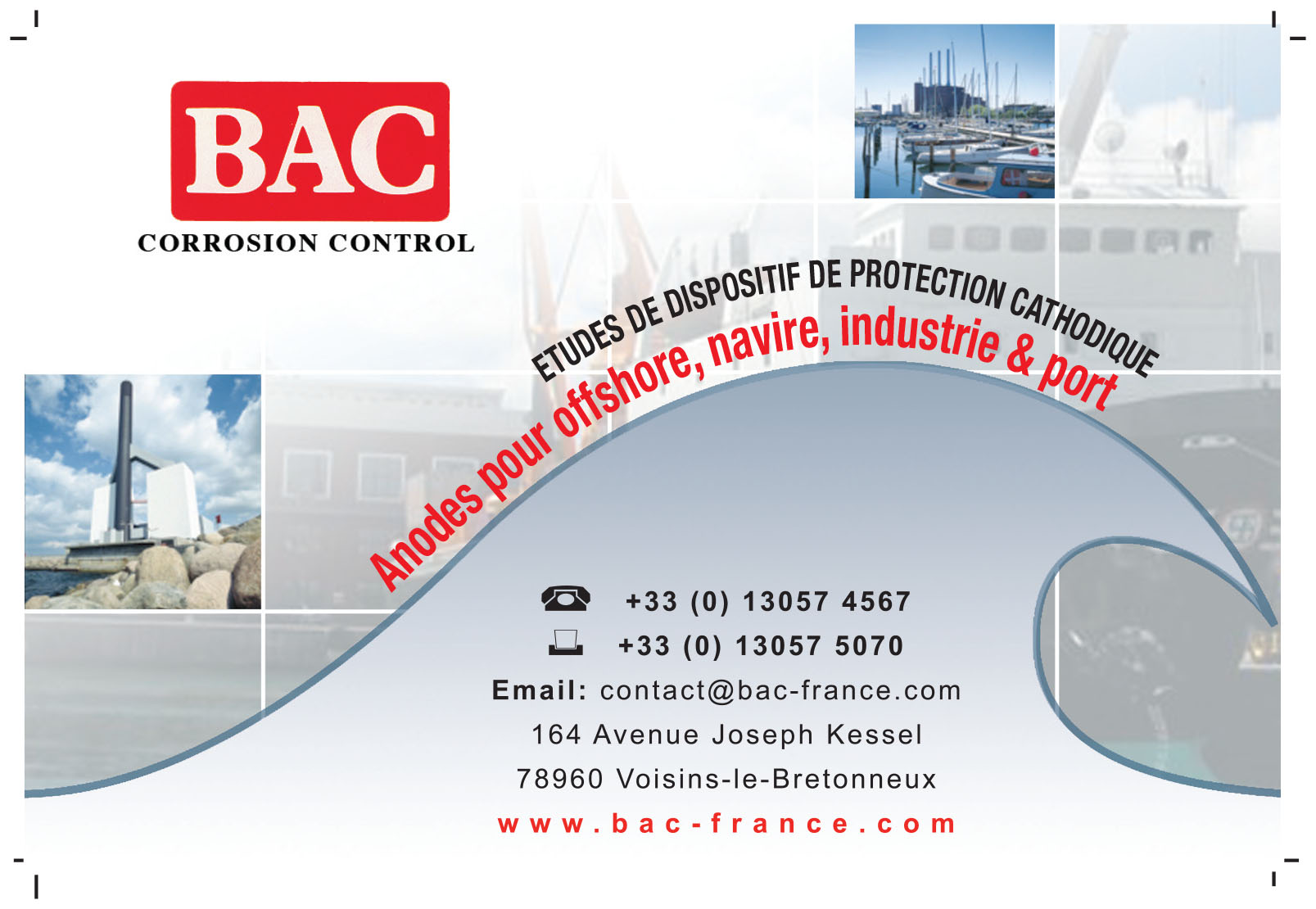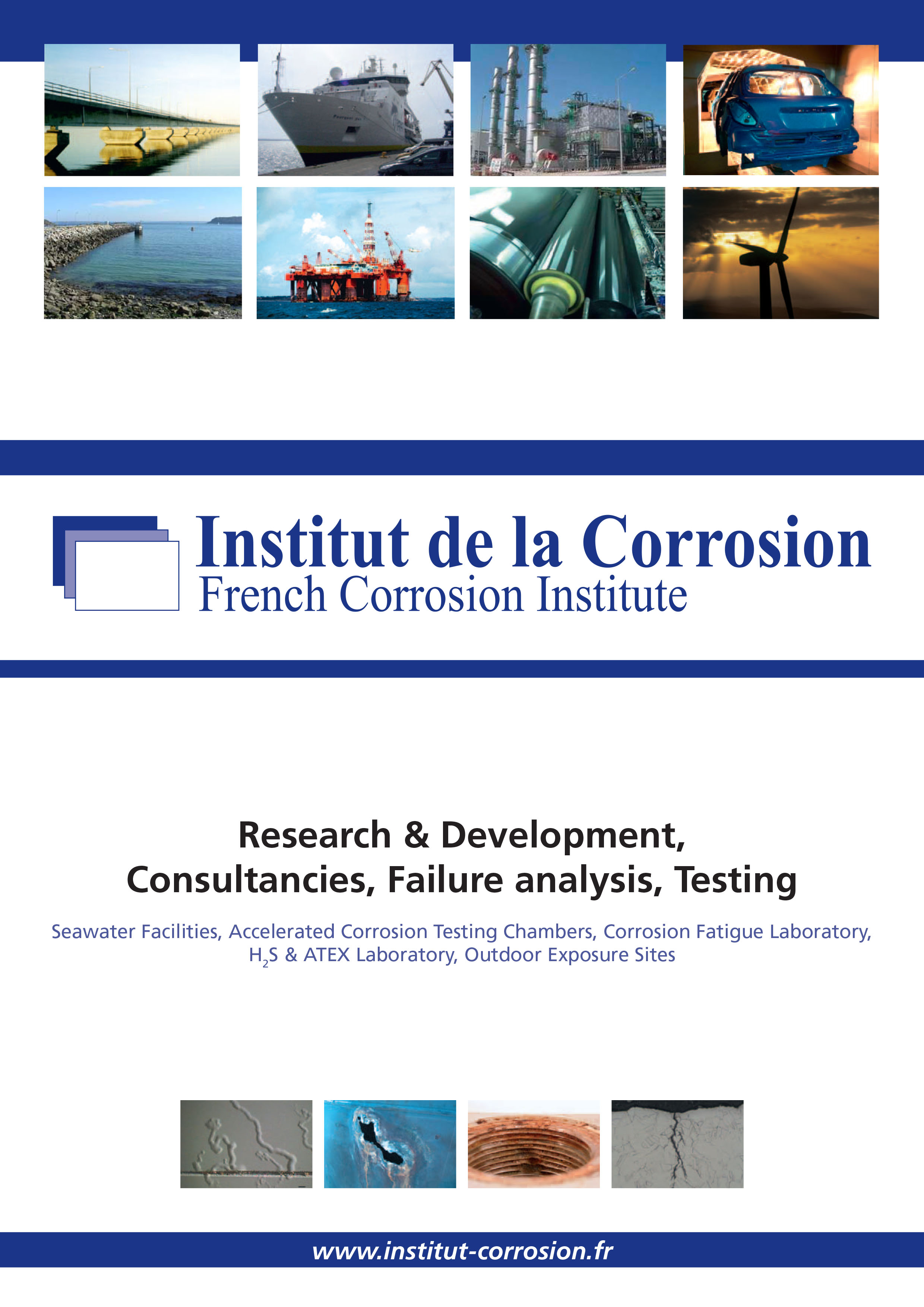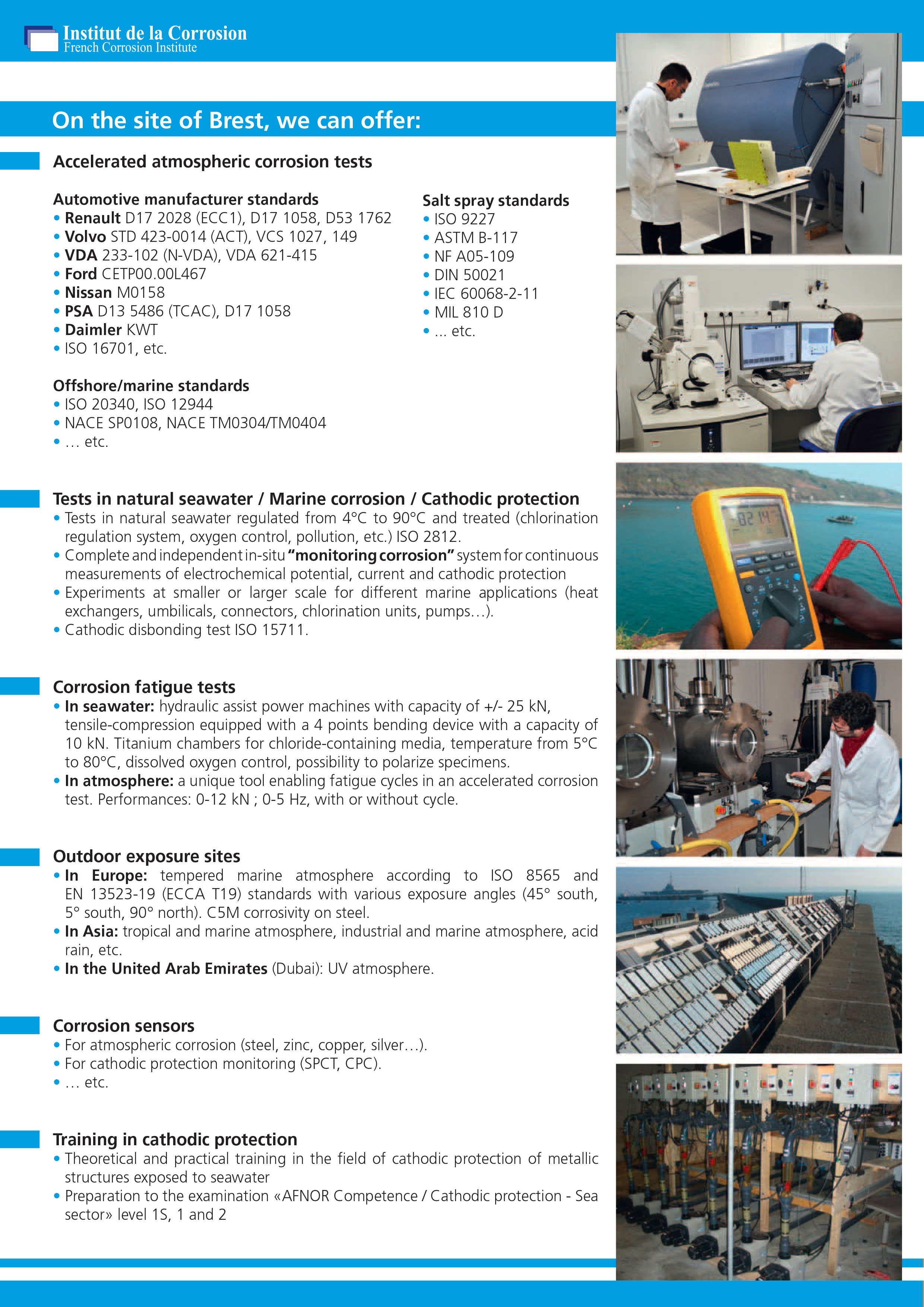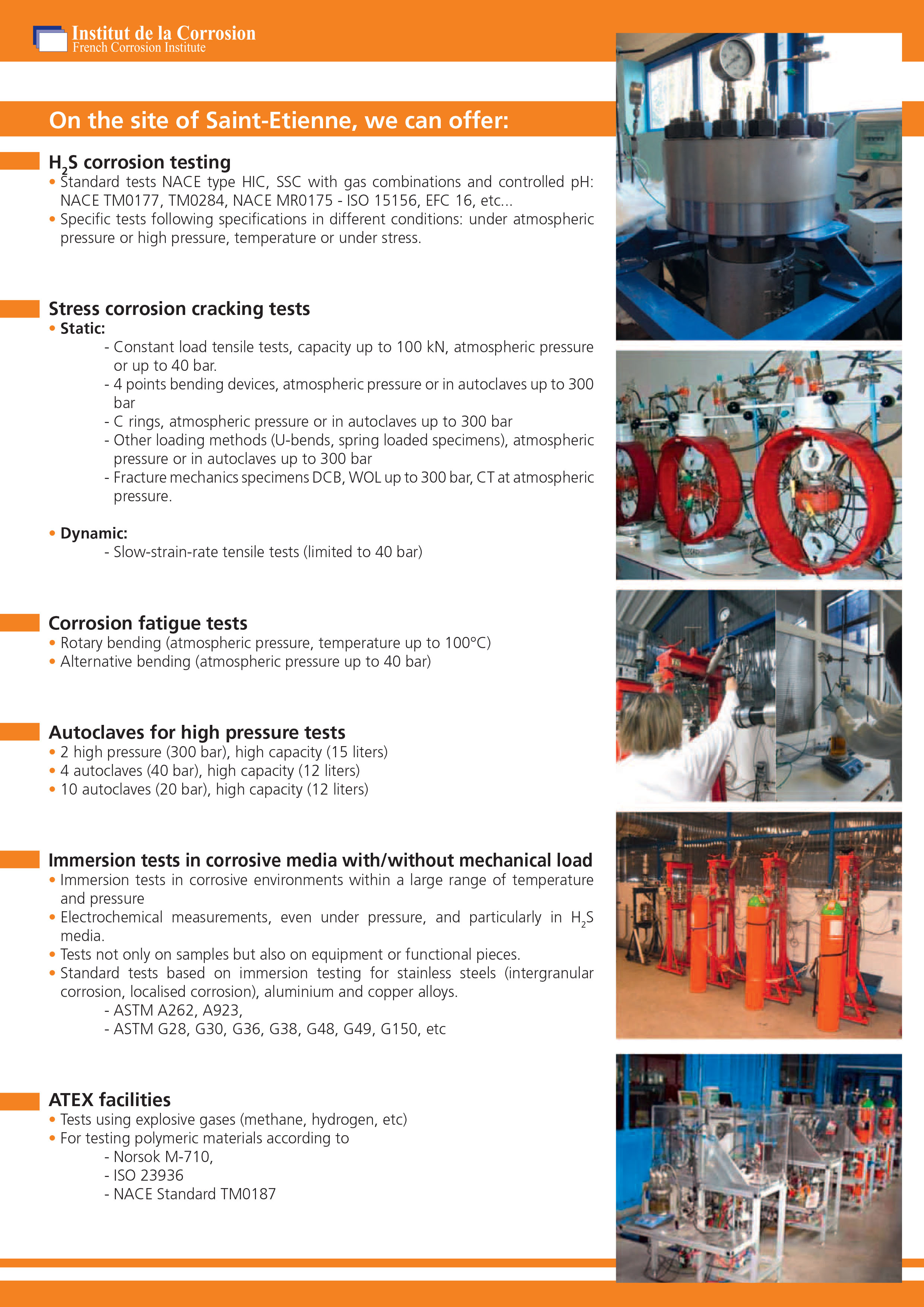Studies led by the US Navy and in Europe since the Forties showed the importance of the purity of zinc used for galvanic anodes and led to the development of specific alloys for sea water cathodic protection from 1955 to 1960.
The aluminium anodes gradually replaced the zinc and magnesium ones in sea water (cost reduction):
- Studies on Al-Zn since 1945
- Development of the Al-Zn-Hg anodes in the USA (1956) and in France (1959)
- Al-Zn-In replaced Al-Zn-Hg since the Seventies.
The first (“segmented”) bracelets anodes were installed on sea lines in the Gulf of Mexico in 1957. In 1969, the first half shell bracelet anodes were installed in North Sea.
For the impressed current anodes:
- Fe-Si Anodes in 1955
- Lead alloys (1965), platinized Ti anodes since 1966 (in sea water)
- Mixed Metal Oxides (MMO) coated Ti since 1980.
Deep well anodes systems were installed since the Sixties and the automatic protection stations since the Eighties. The photovoltaic solar panels, considered to have no future for cathodic protection in 1969, were afterwards used successfully.
The interference of alternating currents has been studied since 1975 in Germany.
The development of the external protection of storage tanks, wells casings and internal surfaces followed.

 The applications for the protection of steel coated with concrete (including in atmospheric zone) started in the USA. Today, the US Federal Highway Agency (FHWA) considers that cathodic protection is the only method to avoid corrosion in case of chloride ions contamination. The alternative electrochemical methods such as the chloride ions extraction or the re-alkalisation are still developing.
The applications for the protection of steel coated with concrete (including in atmospheric zone) started in the USA. Today, the US Federal Highway Agency (FHWA) considers that cathodic protection is the only method to avoid corrosion in case of chloride ions contamination. The alternative electrochemical methods such as the chloride ions extraction or the re-alkalisation are still developing.Digital multimeters (several MΩ) were introduced since the Seventies.The ohmic drop error in the ground was considered since the Sixties and more largely in the middle of the Seventies. The measurements with the current turned off (“ON/OFF”) thanks to synchronized cyclic switches became common during the Eighties.
Introduced in the Nineties, the remote monitoring and remote control has been gradually developed on long pipelines.
The use of metal indicators (or ” coupons”) enabling local ” ON/OFF ” measurements on ” artificial defects ” was introduced at the beginning of the Nineties (Russia, the USA, Europe, South Africa…)
The electrical resistance probes (“ER probes”) are still marginally used.
The use of the “intensive methods of measurement” along the pipelines appeared in the Sixties in the USSR. The “CIPS” (Close Interval Potential Survey) appeared in Great Britain in the middle of the Seventies. The “DCVG” (Direct Current Voltage Gradient) was developed in Europe (Great Britain, Germany) and in Australia in 1970/80 and became mature in the Nineties. In the USA, the extension of these methods is due to the regulations about the integrity published by the DOT in 2001, which involved the ECDA methodology (External Corrosion Direct Assessment) of the NACE.


